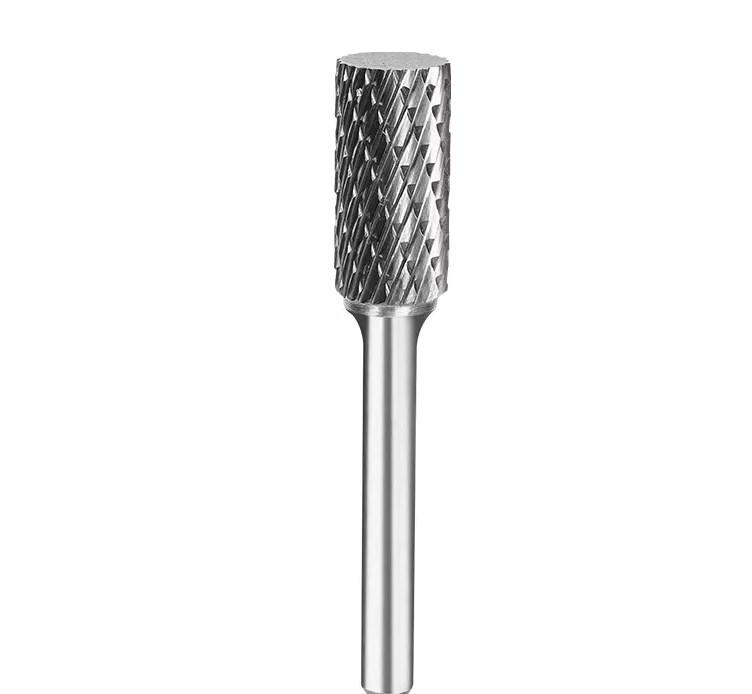Carbide Rotary Burs are widely used in metalworking, toolmaking, die shaping, and a range of precision fabrication tasks. One of the most critical design aspects that directly influences the performance of a Carbide Rotary Bur is the type of cutting tooth pattern it possesses. These cutting tooth patterns primarily include single cut, double cut, and cross cut (sometimes referred to as multi-cut or complex cut), each offering unique benefits and limitations depending on the material and application. Understanding how these different types of teeth impact the overall efficiency, surface finish, and control of the bur is essential for selecting the right tool for a given task.
Single-cut Carbide Rotary Burs feature a single spiral flute that cuts in one direction, typically clockwise. This design is ideal for rapid material removal on hard metals such as steel, iron, copper, and certain alloys. Single-cut burs create long chips and are known for producing a smooth surface finish. However, due to their aggressive nature, they can cause chatter or vibration if not properly stabilized. These burs are particularly well-suited for tasks requiring deeper penetration and cleaner, linear cutting paths, such as deburring or shaping large surfaces.
In contrast, double-cut Carbide Rotary Burs feature two intersecting flutes—one right-hand and one left-hand—forming a crisscross pattern. This design breaks the chips into smaller pieces, which enhances control and reduces vibration during operation. Double-cut burs are preferred for more intricate work, such as fine finishing, contouring, or working in tighter spaces. They provide better handling, reduce the chances of tool chatter, and are excellent for use on a variety of materials, including ferrous and non-ferrous metals, plastics, and wood. The smaller chips they produce also reduce heat buildup, contributing to longer tool life and improved operator comfort.
Cross-cut burs, sometimes considered an extension of double-cut burs, introduce additional notching or fine cuts on the flutes to create a highly complex cutting surface. This results in even finer chip control and minimal material loading, making them highly effective in applications involving sticky or soft materials such as aluminum, brass, and composites. Although they may remove material slightly slower compared to single or double cut burs, the trade-off is a much smoother finish and greater control in precision work.
The choice between single, double, and cross-cut Carbide Rotary Burs significantly influences the outcome of a machining process. Selecting the wrong tooth pattern can result in poor finish quality, reduced efficiency, increased wear on the tool, or even damage to the workpiece. Therefore, it is crucial to match the cutting tooth geometry with the application requirements, such as the material type, desired finish, and operator handling capabilities.
In summary, Carbide Rotary Burs are powerful and versatile tools, but their performance is heavily dependent on the design of their cutting teeth. Single-cut burs offer aggressive cutting and are ideal for heavy stock removal; double-cut burs provide control and versatility across various materials; and cross-cut burs deliver superior chip control and finish on delicate or sticky materials. For professionals seeking to optimize productivity and precision, understanding these distinctions is vital to achieving the best results with Carbide Rotary Burs.
Cut type: Particularly suitable for working on aluminum, magnesium, plastic, and hard rubber. Gives high cutter efficiency, with good removal of material. The specific features of this type of cut facilitate rapid removal of chips, preventing these from clogging the tool.
